TRAVEL
The Vibrant Culture and Color of Ladakh
Thin air and magic at a crossroads of The Silk Road (India)

I heard beating drums and chanting voices issuing forth from the old city above, almost as if they came from within my own mind. Nearly losing myself in narrow alleyways, I breathlessly stumbled up to the hilltop palace. I crouched through small thresholds in the dark corridors to find the source of the music: Traditional song and dance in a palace courtyard — men dancing while balancing metal lamps full of water on their heads, breaking into smiles as water splashed down from their burdens — all set against a vista of Himalayan peaks standing in their splendor in the far distance.

I climbed up to the roof to take in the bird’s eye view of Leh, which sits at a lofty 3,500 meters (11,400 feet). I then descended and found my way into some type of dimly-lit, inner sanctum: with guttural voices of monks chanting in a trance-like state, incense wafting in the air before a terrifying seven-headed incarnation of the Buddha, and haunting frescoes hanging above the shrine.

Walking the palace grounds that day was like walking through time. Men in traditional dress were seated throwing dice, lost in their game, and others were situated around a cauldron of boiling, salty Ladakhi tea on the slopes of the palace hill. Old women in woolen maroon robes and felt hats were working on handicrafts in the warm sun of that mid-October day. The color and splendor of Ladakh Festival were in full swing.
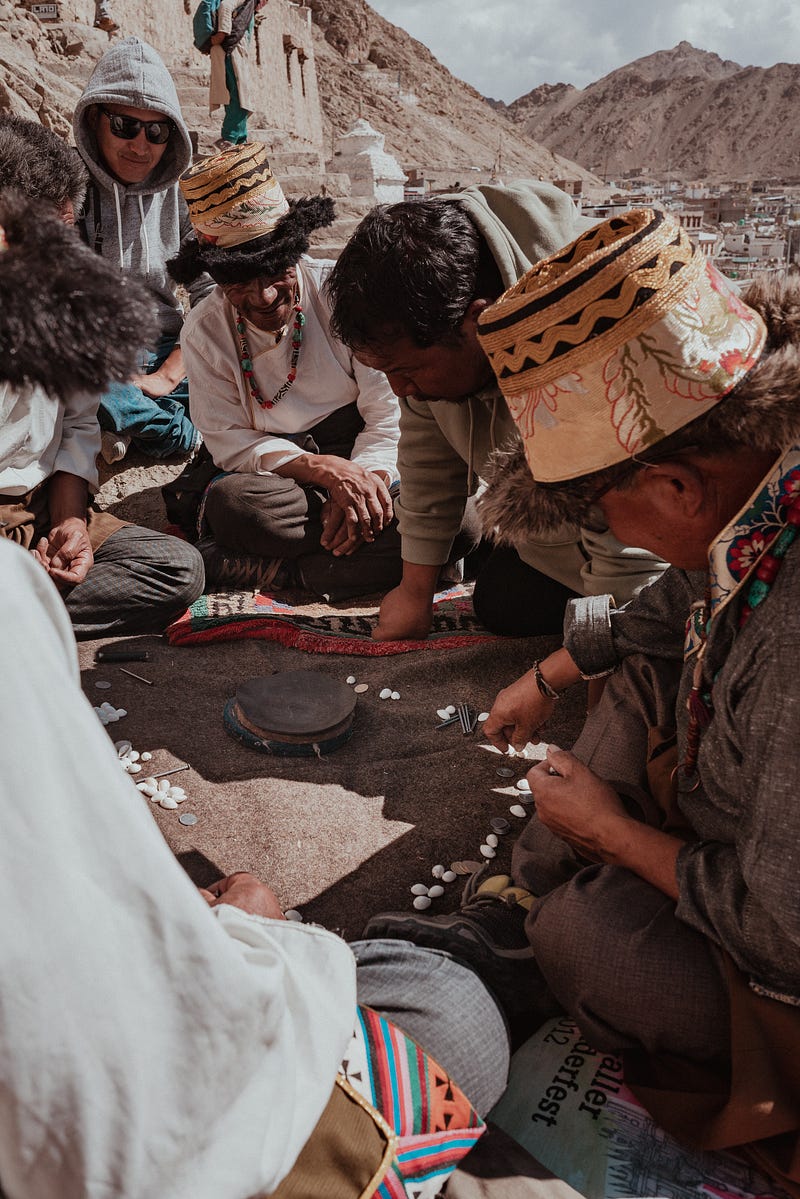
I had arrived two weeks prior, my plane from Delhi touching down at the small, dusty airport in a militarised zone outside of Leh, Ladakh. Reminding me of Nepal, the old city feels like a forgotten quarter of Kathmandu has been lifted up and dropped onto the slopes of Annapurna. The surrounding peaks of the Indus Valley are crowned with icy spires, while nearer-to-hand, foreboding military compounds line the motorways — a reminder of the geopolitical border tensions between China and India.
After a couple of weeks spent documenting a climate impact expedition, I found out that one of the biggest regional festivals was about to take over the city for a weekend, bringing diverse cultural customs and traditions from all of the far corners of Ladakh to converge on the capital.
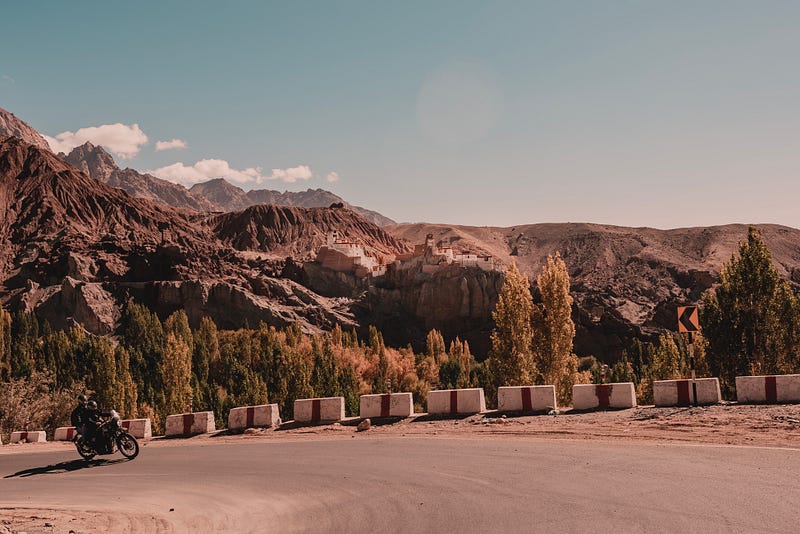
Ladakh is a vast, though sparsely populated territory in the Himalayas, bordering Tibet (China) and Pakistan. Because of the nature of such a harsh climate — high altitude (mostly above 10,000 feet, and often higher), severe weather, and little rainfall, it feels like no other place in India, as the population is rather small, and Hinduism doesn’t have much of a foothold. It was once a kingdom of its own — and a significant outpost along the Silk Road between Tibet and Central Asia. You’ll find many dotted lines on world maps of this region, as much of it is contested by Pakistan and China, hence the tight security and overwhelming Indian military presence in the region.
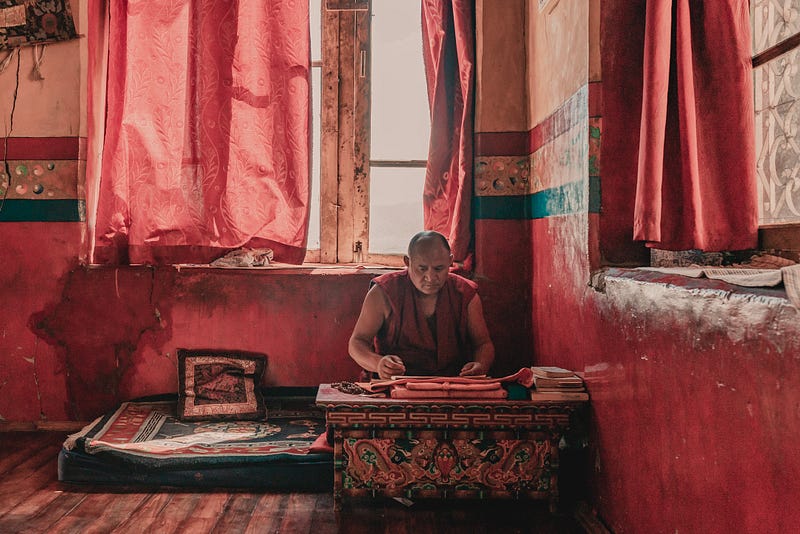
During the festival, one of the monasteries hosted a tantric dance ceremony led by the monks of Thiksey Monastery. Monks in ornate garments bore masks showing the terrible, monstrous faces I had so far only seen in Buddhist frescoes. They danced to the crashing of drums and blowing of deep, long horns. Some wore the masks of children, and others bore masks of deer. These rituals help to visualize the deities that one will encounter during the transition period between incarnations. The dances are also performed for the purpose of spiritual purification of body and mind.

The Polo match was nowhere close to what I had expected. The casual nature of the referees: leather jackets, a set of flags in one hand, scrolling their smartphone in the other. The buildup of horse dung in the goal zone — and one such turd actually causing a full stop of a struck ball. The presence of dogs, even a car on the playing field, and the dust being kicked up on the dirt field as retired players spurred their tiny mounts into the clouds of it. The stands were made of casual cement, and the teams rarely seemed to score, if at all.

Each evening, the festival focused on a concert of traditional song and dance at the eco park in Leh city. Various communities across the region were represented by troupes of performers in traditional dance. A drumline was seated at the back of the stage to provide accompaniment, but the performances varied, some drastically in theme and appearance, including some performers brandishing bows and arrows, or swords. Some groups performed over a backing track and lip-synced, some appearing to be just going through the motions. But other performances were sung live through microphones on stage. With the temperature below freezing, I’d often warm up over a chai at a stall at the back of the park.
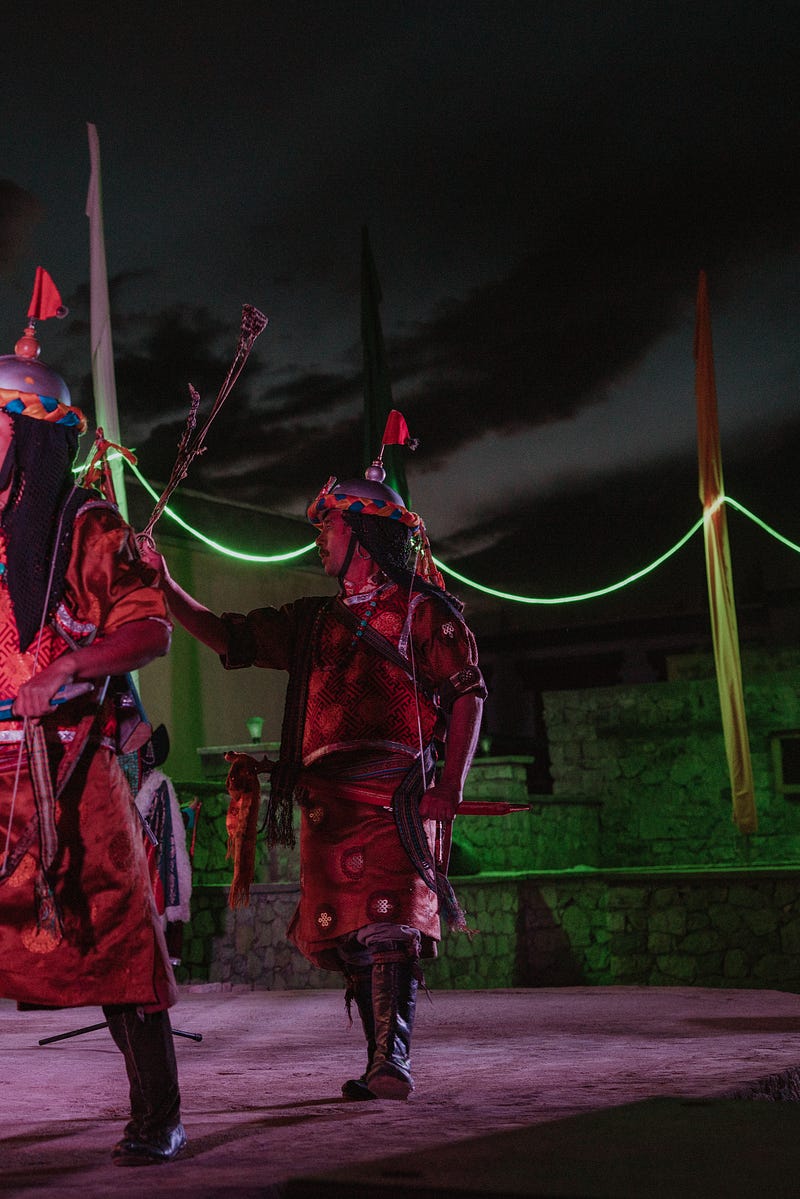
A few days after the close of the festival, I decided with sadness to leave Ladakh. Temperatures were dropping to freezing even in the daytime, and I was growing tired of wearing so many layers at all times. The city of Leh was starting to close down now that the tourist season had ended. And so at the end of October, I hopped on a bus that would take me overnight through high, snowy mountain passes to the legendary former kingdom of Kashmir.
From my journal, October 2022:
I slid open the frosted window and stuck my head out into the cold, white void. With not much to see in this snowstorm at 17,000 feet, I looked down and saw Dorjay’s legs sticking out from under the van, his gray And 1 sweatpants were outlined against the snow as he struggled to re-affix our faulty snow chains so we could safely descend the mountain pass. Feeling calm in his capable hands, I began to welcome the prospect of the Kardung La throwing us back, granting us a few more wild days in this former Silk Road kingdom that feels like nowhere else in India.
For more of my images captured on film from Ladakh Festival, scroll further down (shot by the author, 35mm, on a Fed 3).
Thank you, as always, for following along.
- Matthew David

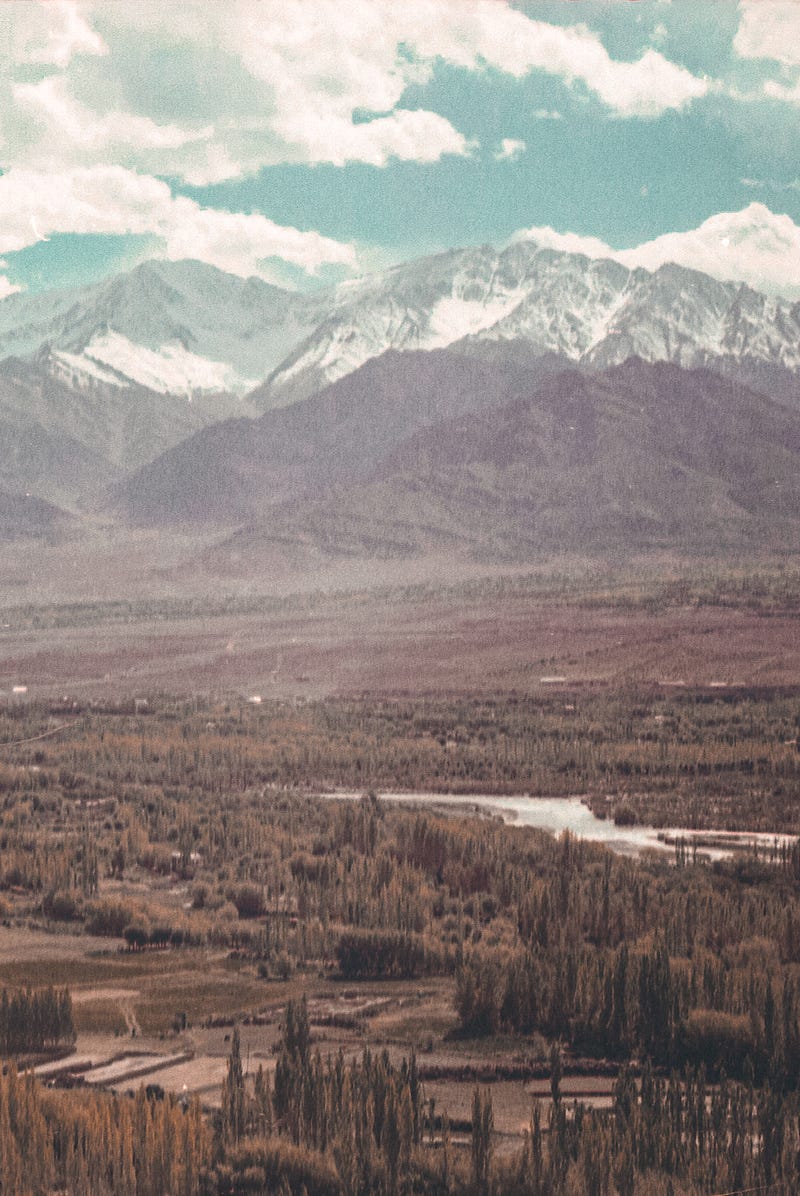




My photo assignment in Ladakh:





